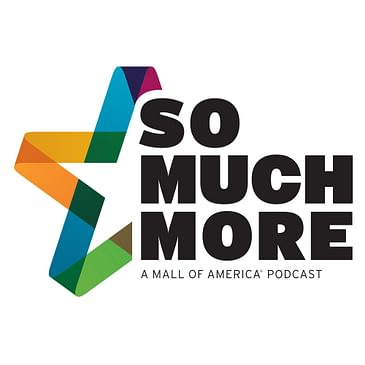From emojis to emails and from phone calls to text messages communicating across generations can be a challenge to put it mildly. Now with four generations in the workplace for the first time, where do you even begin? Well, we have the guest with the answers. Jen Hellman is CEO and President of Goff Public a communications and public relations firm. Jen is a sought-after speaker on the topic of Communicating Across Generations, and during this conversation she explains the different generational expectations and missteps found in workplaces today… and how to correct them.
2:15 Jen explains her origins and early career in communications
3:30 How Jen began focusing on communicating across generations
5:00 The first time that four or five generations are in the workplace…together
6:30 Boomer Generation the generation that began breaking rules, and are work-aholics
8:40 Generation X the folks that spanned the analog and computer divide
12:00 Millennials the people that are very self-confident; an army of one and authentic
14:30 Gen Z the group that is more gender-fluid and value physical and emotional safety
18:15 A-ha moments when communicating across generations
19:55 Punctuation in text or emails? What does it mean to different generations?
23:15 Tips for good communication and making a connection
You can check out Goff Public at: https://goffpublic.com/
Guests: Jen Hellman, CEO & President of Goff Public; Maggie Boedigheimer, Strategic Project Coordinator at Mall of America
Hosts: Jill Renslow; Daniel Jasper
Presented by Bloomington Minnesota Travel and Tourism the official destination marketing organization for the city of Bloomington, Minn.





